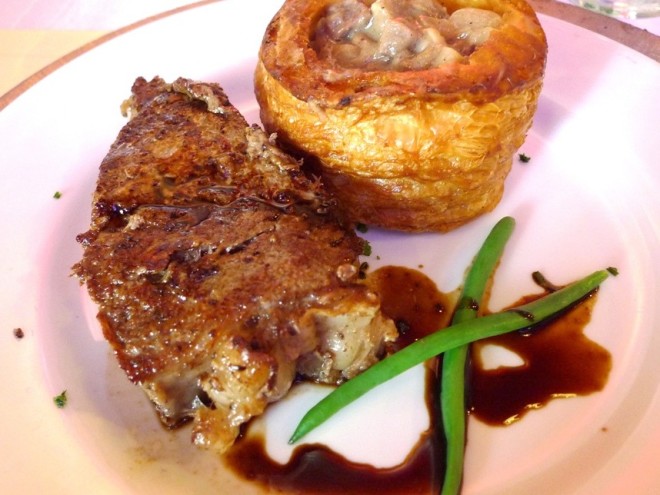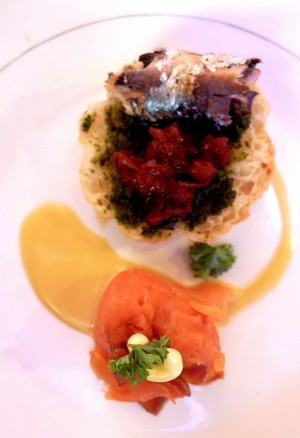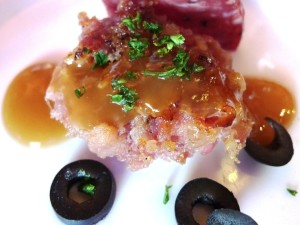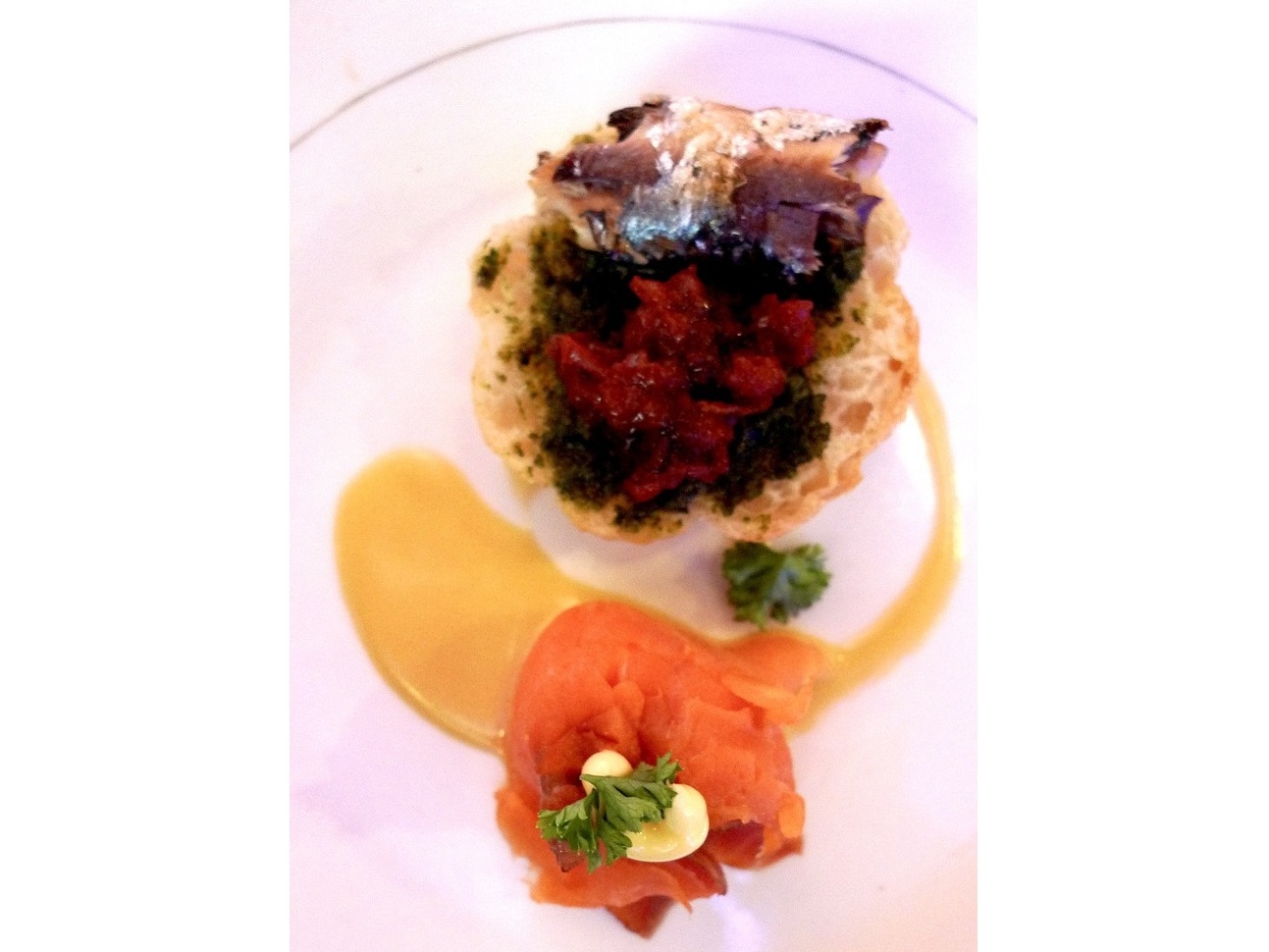
A piging or banquet was held to celebrate the 118th year of the Malolos Congress that ratified the Proclamation of Philippine Independence. It was to be a recreation of the lunch menu served on Sept. 29, 1898.
While the 1898 lunch was served to 200 diners, for the 2016 recreation there were only 30 invited guests who sat down at the long table in the hallway of the Barasoain Church museum.
The reenactment committee said that the décor would be close to how the place was really spruced up for the original event—the tulle on the windows “to temper the harsh lighting”; the leaves of the kamuning tree formed into wreaths and placed on the chairs held together with ribbons of red, white and blue.

The printed menu was published in “Harper’s History of the War in the Philippines” (1900). The courses were written in French, the language of haute cuisine of that time and adapted by the new republic to tell the world that Filipinos were educated, with an awareness of international culture.
But since there were no actual reports on the dishes served, how the courses were cooked or looked while the guests partook of the meal became open to speculation.
For this reenactment, Ferdie Talbenito, chef of Bistro Maloleño, assisted by Giancarlo Cerezo and Jeremy Malcampo of La Consolacion University Philippines in Malolos, used Bulacan ingredients that showcased the cuisine of this historically prominent Tagalog province, as well as traditional cooking techniques.
In parentheses are the original French menu terms.
Appetizers
The ensaladang labanos (beurre radis) had a sukang Paombong dressing combined with nilasing na hipon (crevettes roses) on top of aligue or crab roe.
Salmon (saumon) in hollandaise sauce was served with sardines in tomato sauce (sardines aux tomates).
Bulacan oysters (huitres) from Barangay Pamarawan were used, smaller than in other places, but so fresh that day, in two versions—baked and kilawin.
Malolos longganisang hamonado made up for the imported sausage popular in the 19th century (saucisson de Lyon) accompanied by olives.
Main courses
There’s karneng tupa or lamb wrapped in banana leaves (cotelletes de mouton a la papillote; I don’t know how it was cooked since I didn’t have the chance to ask the chef if he used a casserole as the French name indicated). This was combined with fried potato strips (pommes de terre paille), adobong banlun-balunan (abatis de poulet a la Tagalo) and asparagus wrapped in hamon Bulakenya (jambon froid asparagen branche).

Hamon Bulakenya is a fast but delicious way to do ham and one of my favorites, as documented and cooked by Mila Enriquez, the late author and best promoter of Bulacan cuisine, whose spirit was certainly there that day through her son Bong and niece Rheeza Hernandez, who were involved in the planning and execution of the event.
There was lengua estofado (vol au vent ala financiere) set in pastry and a thick solomillo asado (fillet chateaubriand) and haricot verts.
We were already full and yet two other courses were served—tortang alimasag (coquilles de crabs) and roasted turkey (dinde truffee ala Manilloise), which had been seen by the party still whole just before sitting down to lunch. All these came with the proper Bordeaux red.
Cheese and dessert courses
Everything was on one plate. There were the cheeses (fromages) of kesong puti, queso de bola and cheddar; fruits in season in a shooter glass (frutas); our jams (confitures) of haleyang bayabas (guava jelly) and haleyang manga (mango), both on boat tarts; and strawberry gelatin (gelee de fraises) topped with leche flan and sliced strawberries.
But then another dessert was laid, mantecado sorbetes (glaces), the local vanilla ice cream, a perfect medium for the famous Bulacan pastillas de leche and pastillas tostado strewn on top.
Maybe the delegates felt the same fullness at the end of that lunch. It wasn’t only filling but also a great way to remember a historical event in Malolos, through the efforts of several groups—Museo ng Republika ng 1899 (Barasoain Church Historical Museum), Provincial Government of Bulacan, City Government of Malolos, Women of Malolos Foundation Inc., Heritage Conservation of Malolos and Bistro Maloleño.
And, last but not the least, to the students of La Consolacion University Philippines, Bulacan State University, and Centro Escolar University of Malolos who helped cook and serve the dishes.
E-mail the columnist at [email protected]














































